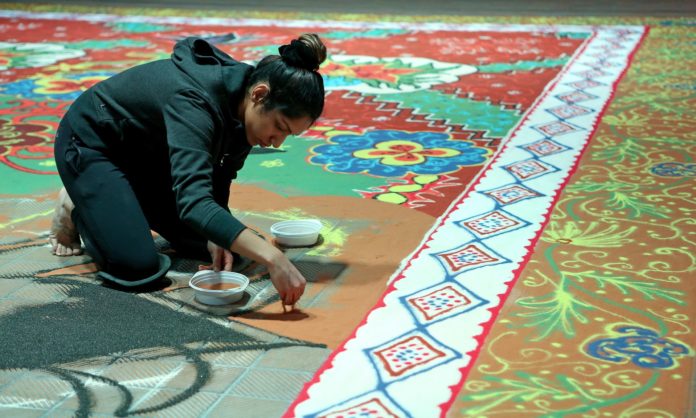The largest ever exhibition of contemporary Qatari art has gone on display in Berlin, showcasing a dynamic generation of young artists, at least half of them women, presenting a society in a rapid state of flux.
Housed in Kraftwerk, a former East German electrical power plant better known nowadays as a techno palace, Contemporary Art Qatar includes almost 300 works by 73 artists.
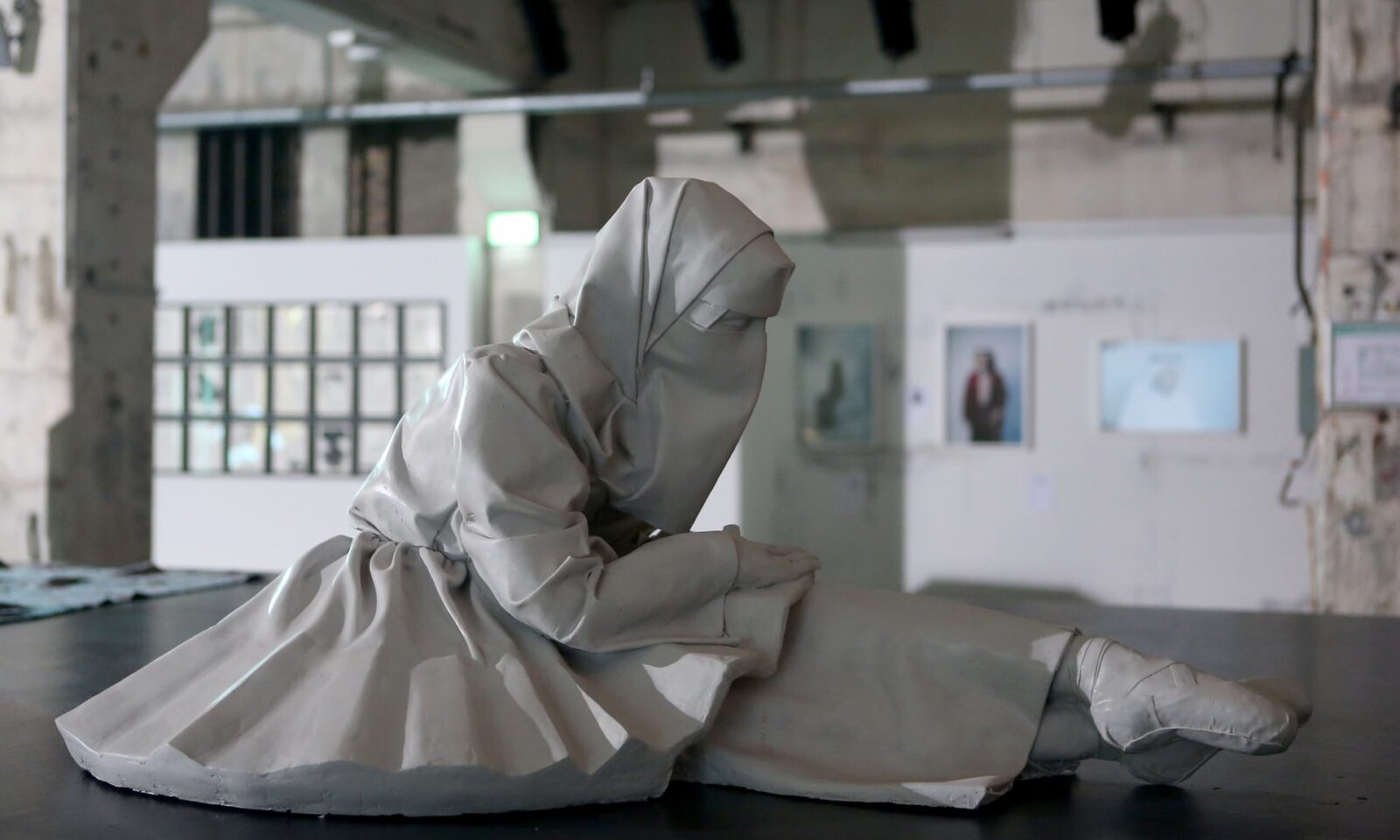
Amid hulking steel beams, in 80,000 sq ft (7,500 sq metres) of raw industrial space, the exhibition including photography, sculpture, video and painting documents artists’ responses to the transformation of their small peninsular Arabic kingdom in just four decades from a crumbling desert outpost into a rapidly expanding cultural and commercial urban centre, thanks to its huge oil and gas reserves.
“The essence of the exhibition is the changing perceptions of Doha, and it’s in the nature of our multi-cultural state that I honestly can’t tell you who is a Qatari-born artist and who is not; there are all sorts of people represented on the walls here,” said Reem al-Thani, the exhibition curator and an interior designer.
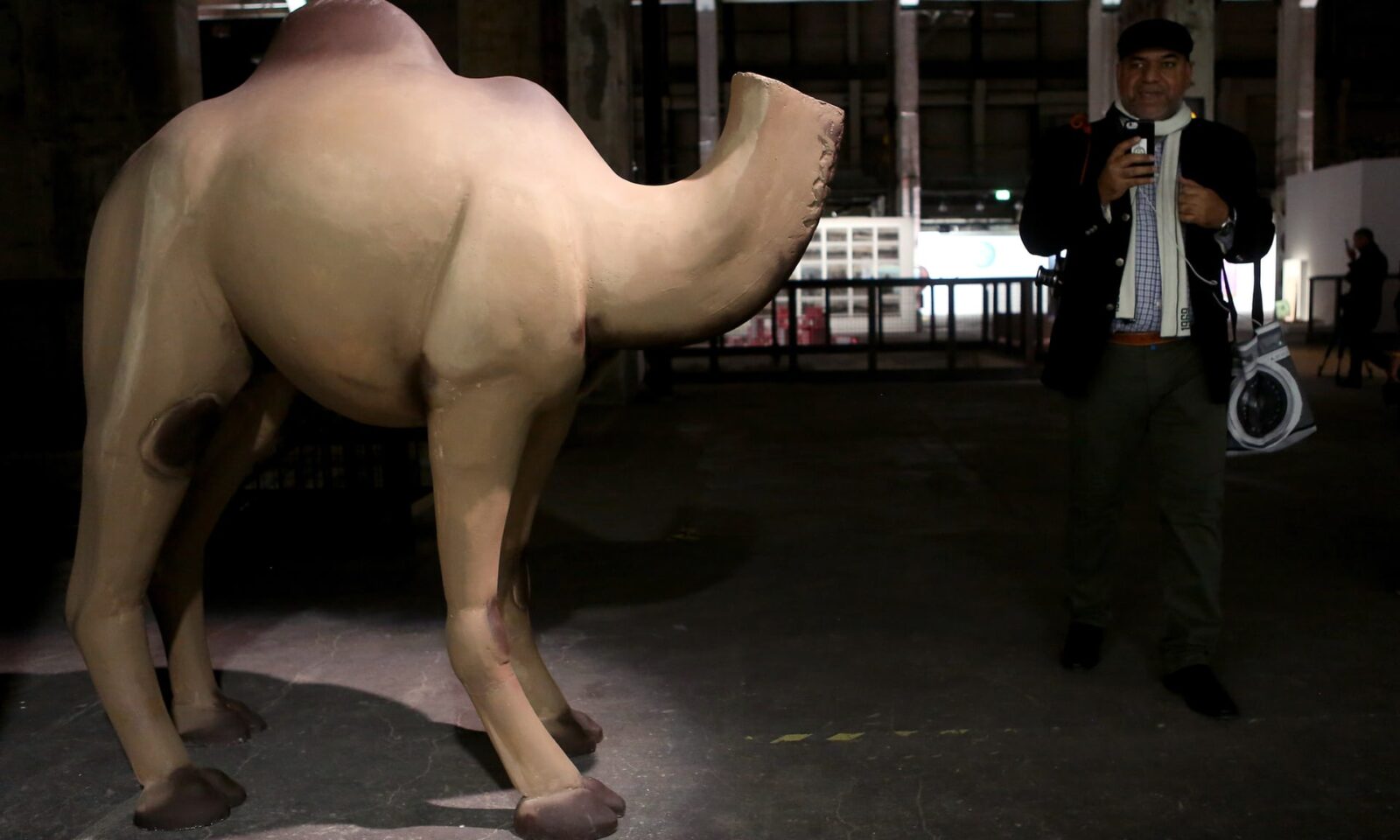
One of the artists, Emelina Soares, has created a work especially for the exhibition called Shifting Identities, a 13-metre by 6-metre carpet made up of 300 kg of sand, which she has coloured by hand with fermented fabric dyes. Visitors to the exhibition are invited to walk over it, causing its patterns to change, reflecting, she says, her multinational identity as a Qatar-born woman with Indian and Portuguese roots.
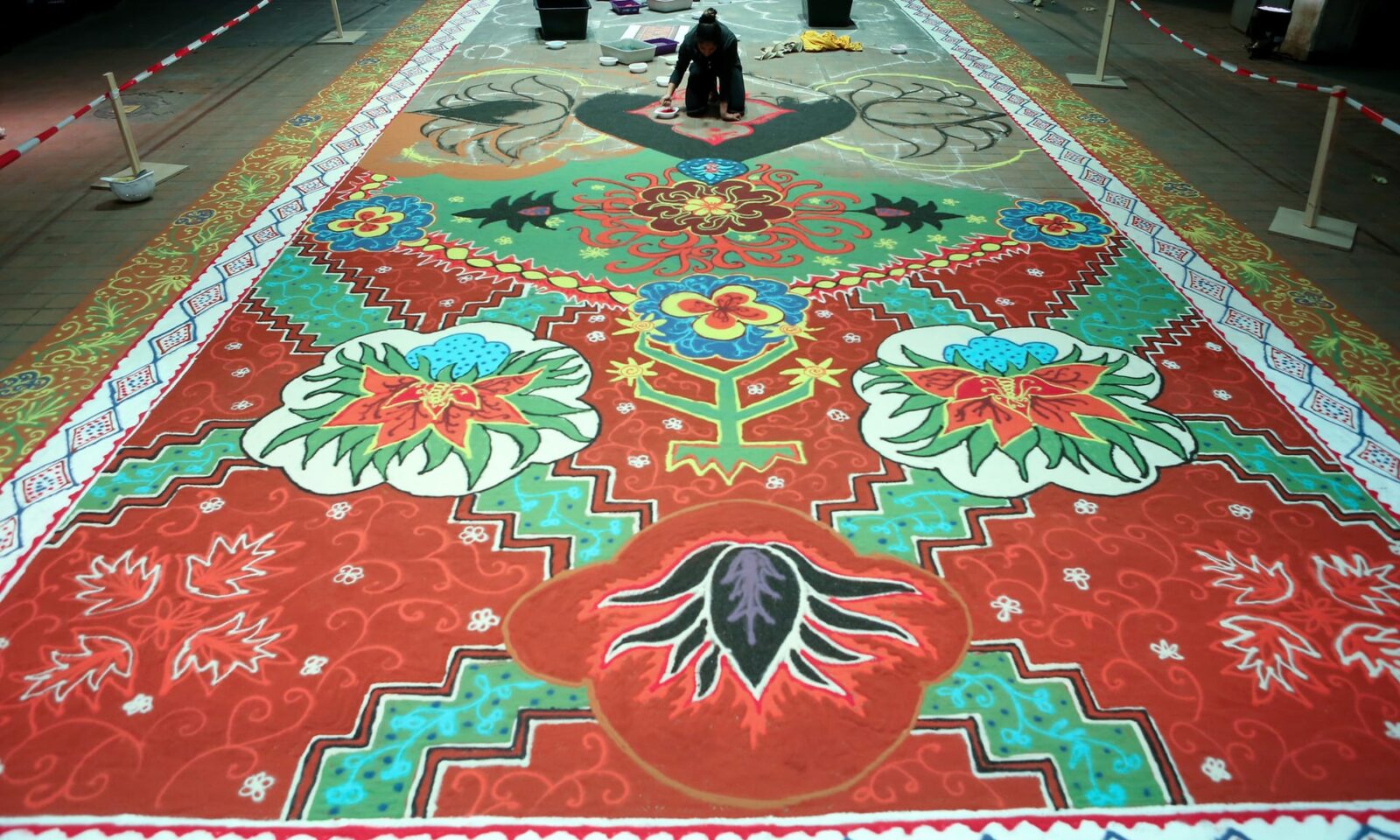
“When people walk on it they will make their own contribution to the design,” the 24-year-old said. “It’s a great symbol for how I feel when I’m in Qatar, whether hanging out with people from the Indian community or the Portuguese diaspora.”
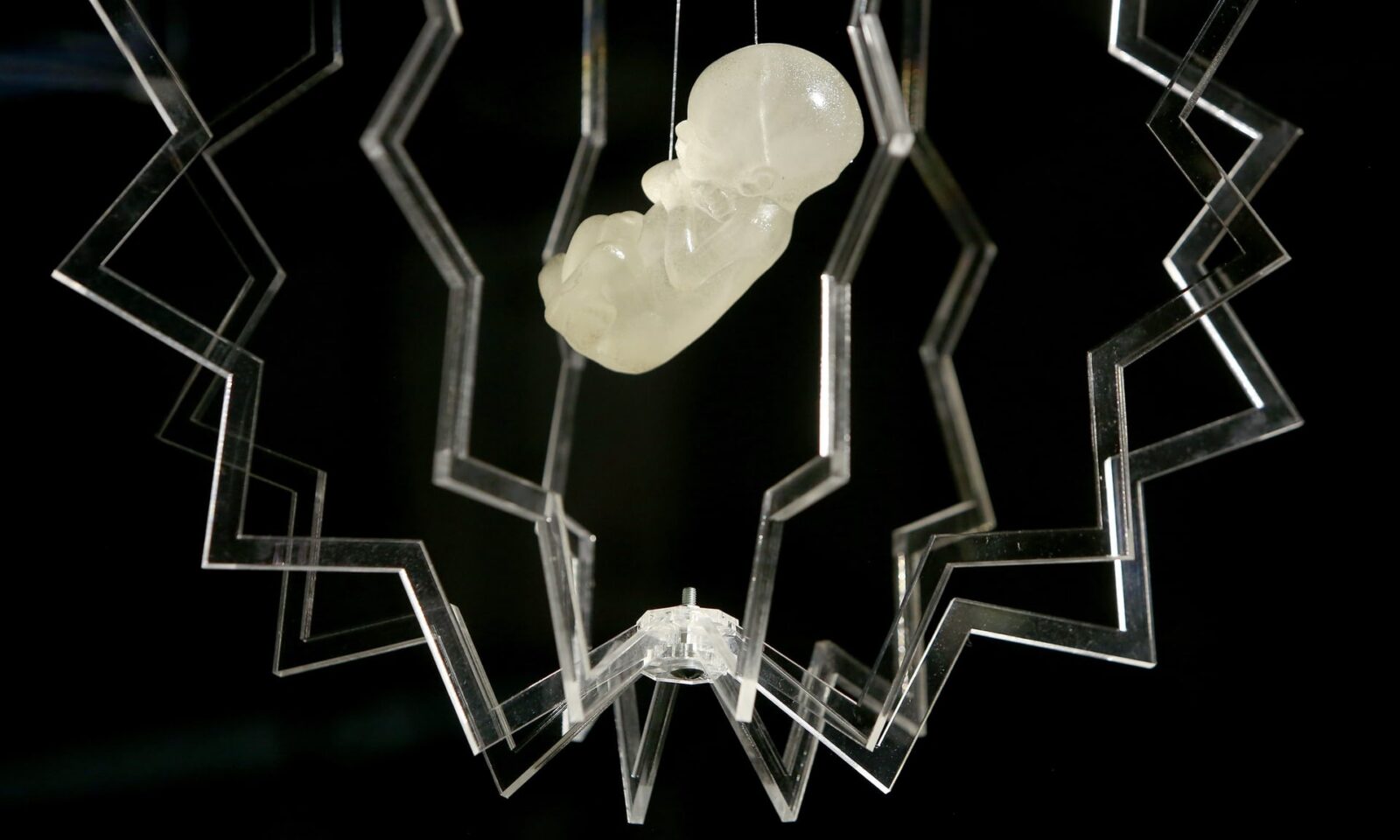
The exhibition, which runs until 9 January, is being seen as the latest example of how Qatar is striving to create an internationally recognised cultural scene to match its economic ambitions in order to help it cope with its regional isolation as well as presenting itself as a political reformer in the Arab world.






